
While checking out coverage of the “invisible console” unveiling of the Playstation 4 in New York, I was struck by a familiar sight. No, not Diablo III. During the gameplay footage of Killzone 4, I recognized a certain oft-blighted building here in Beijing. Amidst the the civil unrest between the Helghest and Vektan loomed the unmistakeable curves and orbs of the Zaha Hadid-designed Galaxy SOHO.
Why? In a bid to convince the often pride-motivated Chinese government to end its June 2000 ban on video game consoles, perhaps Sony ordered a launch title to feature a building from the capital city. Or maybe, with the civil strife and sectarian violence of Killzone 4 eliciting the long repressed memories of the pre-July 14th revolution in the Baghdad of her childhood, Hadid is compelled to design for the game a building evoking life under the rule of an authoritarian regime.
More likely, it’s just a case of designers in one field taking inspiration from designers in another.
That being said, you’d think if you were given the blank slate of a future world to create architecture not bound by present conventions, construction capabilities or even physics, you wouldn’t resort to copying an empty office building in downtown Beijing.
(Images Gizmodo [from 55-second mark of video below], People’s Daily)







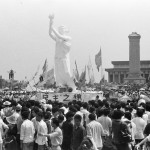
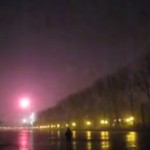
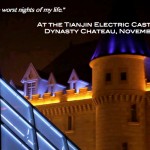








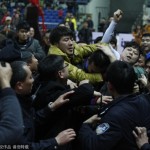
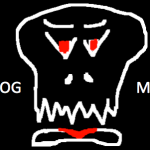
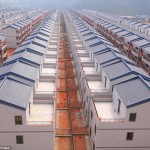
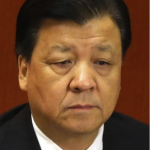

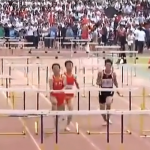










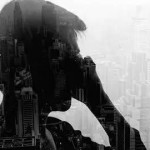



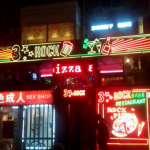


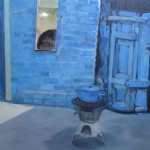



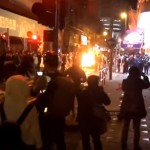

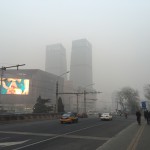

Empty office building? There are no empty buildings in Beijing…
Zaha Hadid building pirated in China
From http://www.dezeen.com – January 2, 9:30 PM
|
News: a building designed by Zaha Hadid for Beijing has been copied by a developer in Chongqing, with the two projects racing to be completed first.
Designs for Hadid’s Wangjing Soho complex (top image), consisting of three pebble-shaped volumes up to 200 metres high, were unveiled in August 2011. The project is under construction and due to be completed in 2014.
Meanwhile, in the southwestern Chinese city of Chongqing, a project called Meiquan 22nd Century (above) is being built that observers say is a pirated copy of Hadid’s design.
German news site Spiegel Online quoted Zhang Xin, head of Chinese developer Soho China and the client of Hadid’s Beijing building, as saying: “Even as we build one of Zaha’s projects, it is being replicated in Chongqing.”
According to Spiegel Online, Xin made the comments at the opening of Hadid’s Galaxy Soho complex, another project for Soho China which opened in Beijing in October last year. Xin added that the Chongqing project is being built faster than Hadid’s original design.
Satoshi Ohashi, project director at Zaha Hadid Architects, told the German website: “It is possible that the Chongqing pirates got hold of some digital files or renderings of the project.”
Ohashi added: “I am sure that some architect is already working on another version of the Guangzhou Opera House.” The opera house, designed by Hadid, opened in Guangzhou in February 2011.
In a report on the legal aspects of the case, China Intellectual Property wrote: “Up to now, there is no special law in China which has specific provisions on IP rights related to architecture.”
The site added that Chongqing Meiquan, the developer behind Meiquan 22nd Century, had refuted accusations of copying and posted on its blog: “Never meant to copy, only want to surpass.”